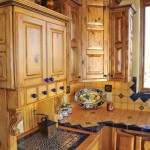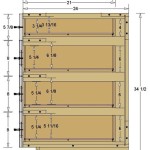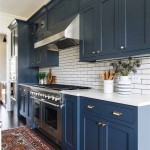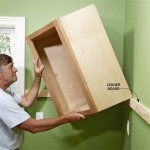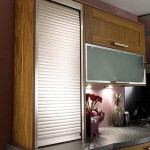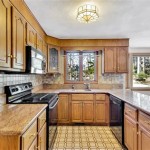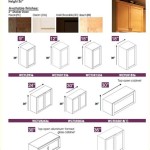Essential Aspects of Kitchen Cabinet Recessed Lighting
Kitchen Cabinet Recessed Lighting is a noun that refers to the lighting fixtures installed within kitchen cabinets. These lights are crucial for illuminating the interior of cabinets, making it easier to see and access their contents. Several essential aspects must be considered when choosing and installing Kitchen Cabinet Recessed Lighting to ensure optimal functionality and aesthetics.
In this article, we will delve into the key aspects of Kitchen Cabinet Recessed Lighting, providing insights into their importance and how they impact the overall design and usability of kitchen cabinetry.
1. Light Source
The light source is the heart of any lighting fixture, and Kitchen Cabinet Recessed Lighting is no exception. The type of light source used will significantly impact the quality and quantity of light emitted, as well as the energy efficiency of the fixture. Incandescent, halogen, fluorescent, and LED lights are commonly used in Kitchen Cabinet Recessed Lighting, each with its advantages and disadvantages.
2. Fixture Type
The fixture type refers to the physical design and construction of the light fixture itself. Kitchen Cabinet Recessed Lighting fixtures come in various shapes, sizes, and finishes to complement different kitchen styles. Some common fixture types include adjustable spotlights, puck lights, and under-cabinet strip lighting, each with its unique characteristics and applications.
3. Placement and Spacing
The placement and spacing of Kitchen Cabinet Recessed Lighting are critical for achieving optimal illumination. Proper planning is necessary to ensure that the lights are evenly distributed throughout the cabinet interior and that there are no dark spots or glare. The number and placement of fixtures will vary depending on the size and shape of the cabinet.
4. Color Temperature
Color temperature refers to the hue of the light emitted by the light source. It is measured in Kelvins (K) and ranges from warm white (2700K-3000K) to cool white (4000K-5000K). The color temperature of Kitchen Cabinet Recessed Lighting can impact the overall atmosphere of the kitchen and should be chosen carefully to complement the existing décor.
5. Dimmability
Dimmable Kitchen Cabinet Recessed Lighting fixtures allow you to adjust the light intensity to create different ambiances. Dimming can be particularly useful in kitchens where the lighting needs vary depending on the time of day or activity. Dimmable lights can help set a cozy atmosphere for evening gatherings or provide brighter illumination for meal preparation.
6. Energy Efficiency
Energy efficiency is an important consideration for Kitchen Cabinet Recessed Lighting, especially in kitchens that use these lights frequently. LED lights are the most energy-efficient option, consuming up to 80% less energy than traditional incandescent bulbs while providing comparable or better light output.
7. Integration with Smart Home Systems
For added convenience and control, Kitchen Cabinet Recessed Lighting can be integrated with smart home systems. Smart lights can be controlled remotely using a smartphone app or voice commands, allowing you to turn lights on or off, adjust brightness, and set schedules. This integration enhances the functionality and user experience of Kitchen Cabinet Recessed Lighting.
Recessed Led Lights Take Off In Kitchen Projects Builder

Kitchen Lighting Upgrades Ny Nj Ct Lippolis Electric

Recessed Lighting Best Practices

How To Properly Light Your Kitchen Counters

Learn How Recessed Lighting Can Transform Your Kitchen

How Far Should Recessed Lights Be From Cabinets

Perfect Kitchen Recessed Lighting Mr Potlight

Love These Gray High Gloss Cabinets Kitchen Soffit Recessed Lighting Beautiful Kitchens

How To Update Old Kitchen Lights Recessedlighting Com

10 Kitchen Recessed Lighting Ideas 2024 Simple But Cool Design Interior Ceiling Lights

